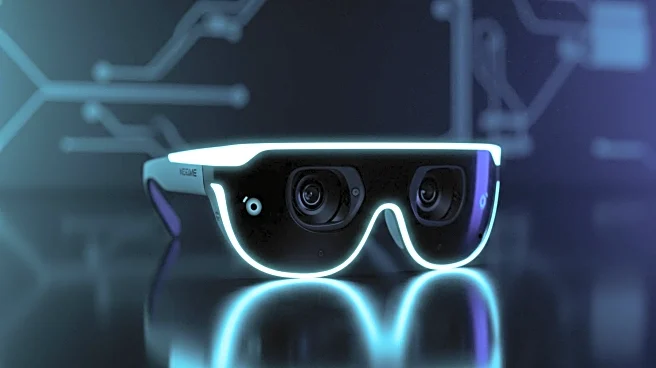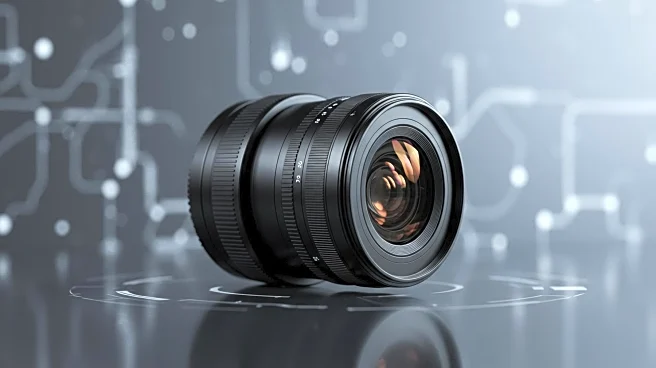What is the story about?
What's Happening?
Meta is set to launch its Hypernova smart glasses in September, priced at $800, which is lower than previous estimates. Developed with Luxottica, these glasses feature a monocular display for notifications and an sEMG wristband for gesture control. This launch is part of Meta's strategy to bridge the gap between current smart glasses and full AR glasses. The glasses will run a customized version of Android and will not have a dedicated app store. Meta's partnership with Luxottica has been successful, with significant sales of previous smart glasses models. The Hypernova glasses aim to make AR technology more accessible to a broader audience.
Why It's Important?
Meta's introduction of the Hypernova glasses represents a strategic move to make augmented reality technology more mainstream. By pricing the glasses at $800, Meta is positioning them as a more affordable option compared to high-priced competitors like Apple's Vision Pro. This pricing strategy is intended to increase demand and market traction, potentially leading to wider adoption of AR technology. The collaboration with Luxottica and the integration of neural technology from Meta's CTRL Labs highlight the company's commitment to innovation in the AR space. The success of the Hypernova glasses could influence the future development and adoption of AR technology across various industries.
What's Next?
Meta's launch of the Hypernova glasses is expected to generate interest among developers, particularly in the area of generative AI apps. The company is reaching out to developers to test the glasses and the accompanying wristband. The market's reception of the Hypernova glasses will be crucial in determining their success as a daily-use device. Meta's approach to pricing and design reflects a broader strategy to appeal to a wider audience, not just high-end enthusiasts. The outcome of this strategy will depend on consumer acceptance and the ability of the glasses to establish a place beyond novelty status.
AI Generated Content
Do you find this article useful?











